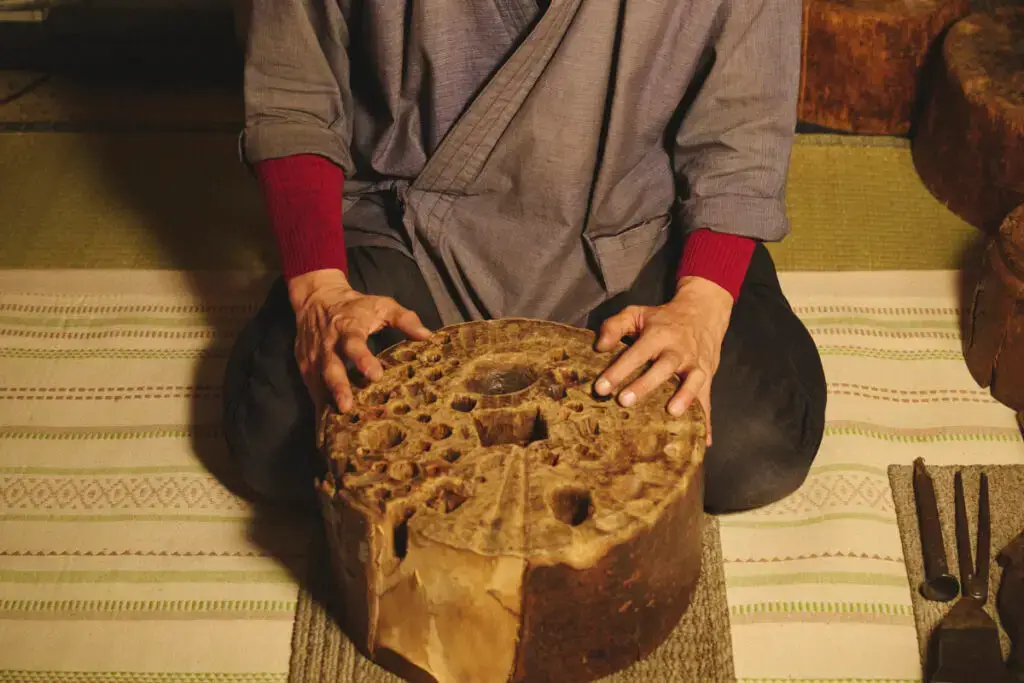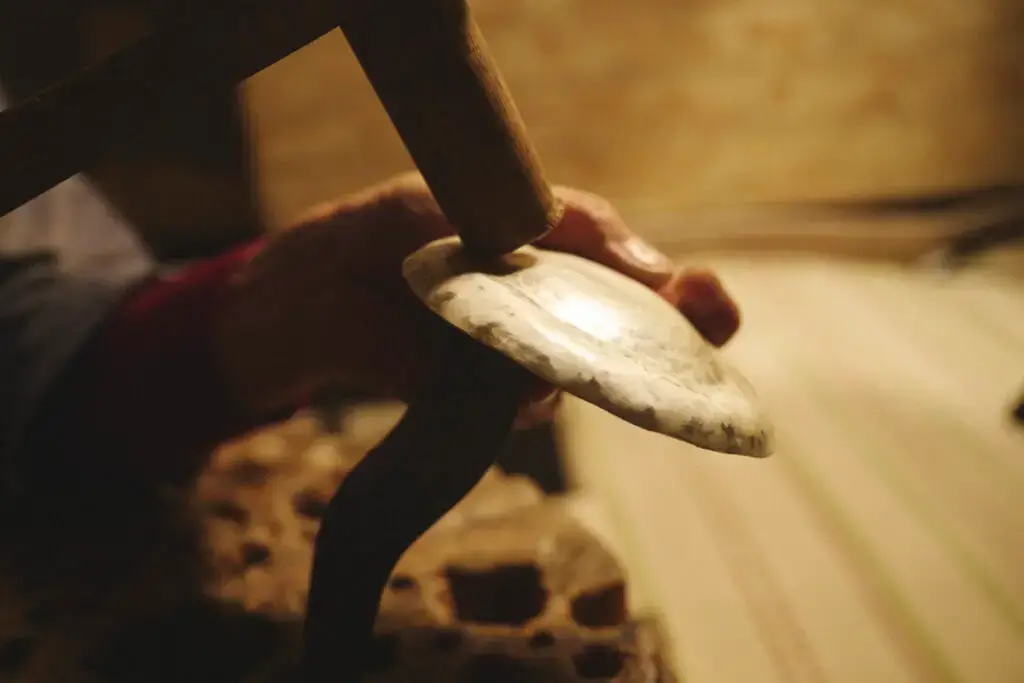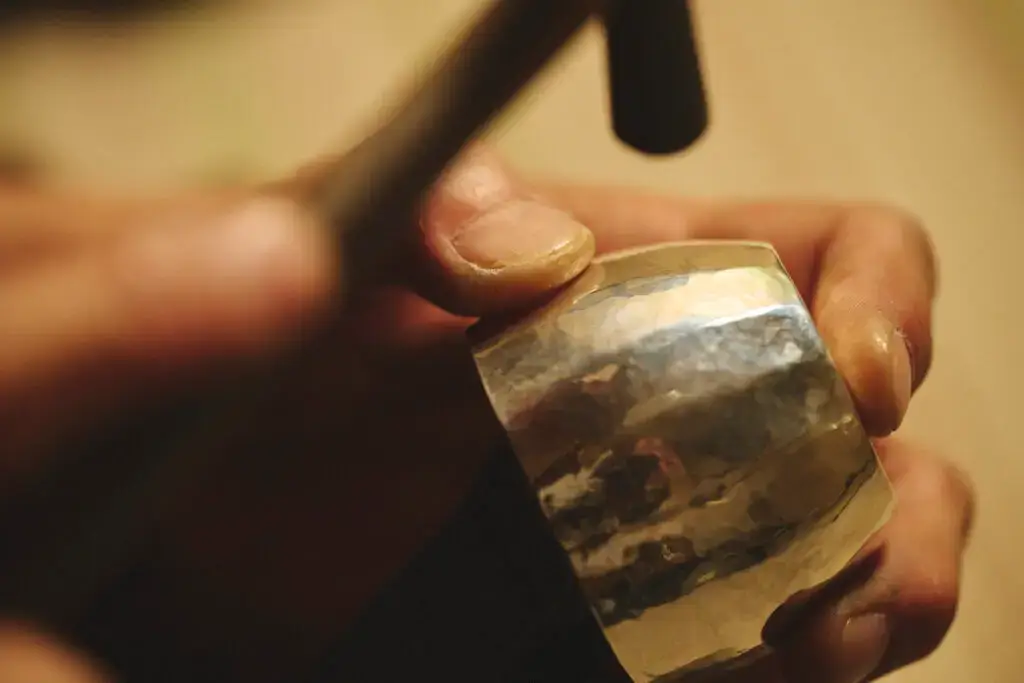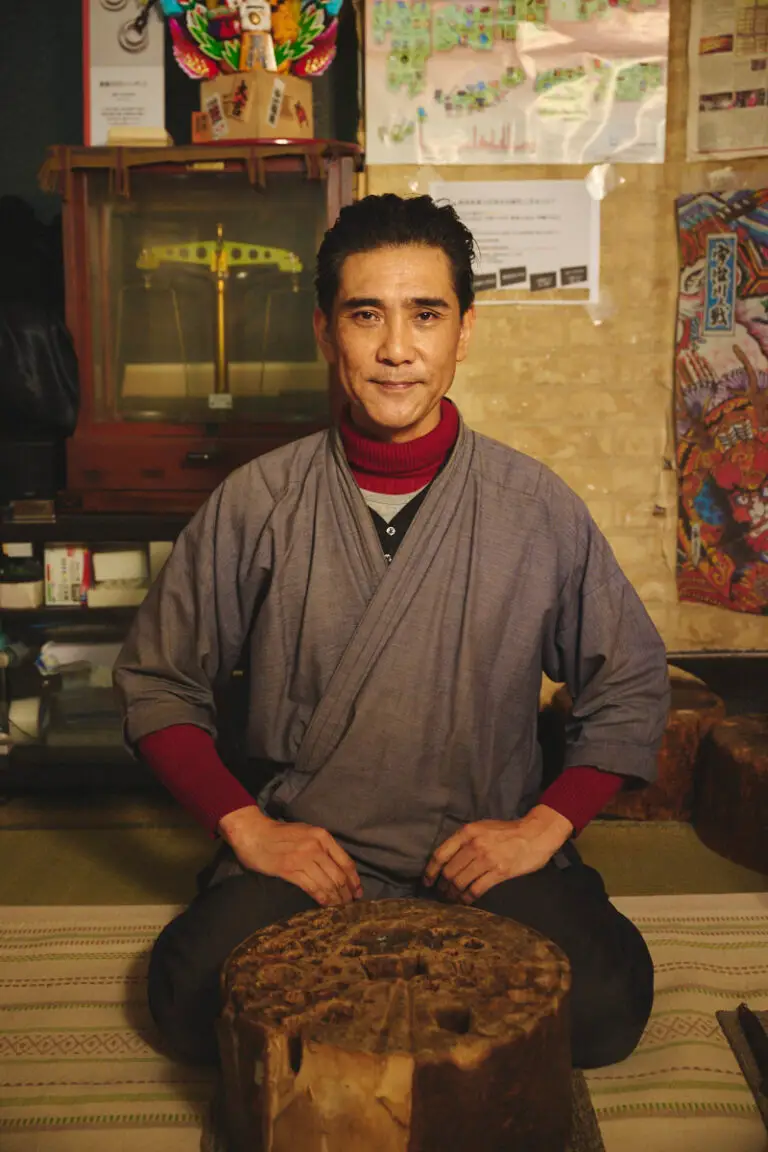Nisshin-Kikinzoku


Silverware
“A craft with a connection to daily life”
We create silverware with 99.9% pure silver. Japan used to produce ⅓ of the world’s silver. Silver was carried on the river to Edo. Our silverware has very high-grade silver. Silverware shines more if there is less impurity.

Process
This hammering method, used since the Edo period, is the basic foundation, yet itʼs really the ultimate technique for the craftsman. Itʼs a repetitive hammering.
My grandfather and his craftsmen told me, “You need to hammer it for as long as you have time.”

Fluctuation
In the process of manufacturing, there are some specific rules, but when the surface becomes a little irregular, it is called “fluctuation”.
“Fluctuation” is similar to the image of reflected light on water, and itʼs something we find comforting.
When we think about the “comforting fluctuation” in objects, the items have warmth and familiarity.
We believe thatʼs the beauty of objects.
We are very grateful when our customers see our objects and get these impressions from the “fluctuation”.

Materials
According to world standards, sterling silver is 92.5% silver with 7.5% copper. We use 99.9% pure silver only.
High silver content makes it hard and difficult to process.
Itʼs also time-consuming. The more time and effort we invest, the stronger the piece will be.
It takes time but we believe that this is a unique property of Tokyo silverware, and people can incorporate it into their daily life.
When high-quality silver oxidizes, it turns white. People call us a silversmith.

Relationship with Asakusa
Ginza was a town known for money exchange services. Gin (silver) was valuable as money during the Edo period.
The most fashionable accessory was an ornate hairpin made of silver. Since silver was very expensive, people didnʼt want other people to think they were wearing a luxury item. They requested designs that looked like an earcleaning
stick being used as a hair accessory, so they could say itʼs not a luxury item but an ordinary functional item.
In the Asakusa area, there are geisha who wear ornamental hairpins.
Tradition, culture, and art are connected in Asakusa.

How to enjoy our products
In each era, the design of silverware continuously changed.
We believe as long as we keep making items that are useful to people, we can continue this tradition in Asakusa.
We believe itʼs important to create items that match the needs of the customer and their modern lifestyle, but we continue using traditional techniques to make the silverware.
The great thing about traditional handicrafts is that the craftsman creates items with limited Japanese resources, and then customers use them for a long time.

Our values
KAMIKAWA Yoshitsugu
Our silverware is art but itʼs useful art, not just a decoration. We hope our silverware becomes part of our customersʼ lives. The most important thing is to continue using the traditional techniques. Maintaining traditional techniques and teaching them to the next generation is also important.
We would like to keep studying our craft and preserve our business in Asakusa.
